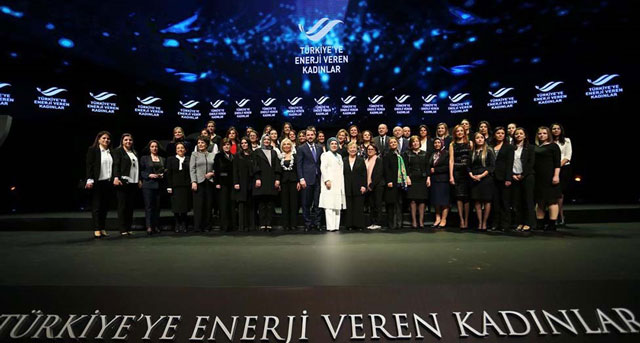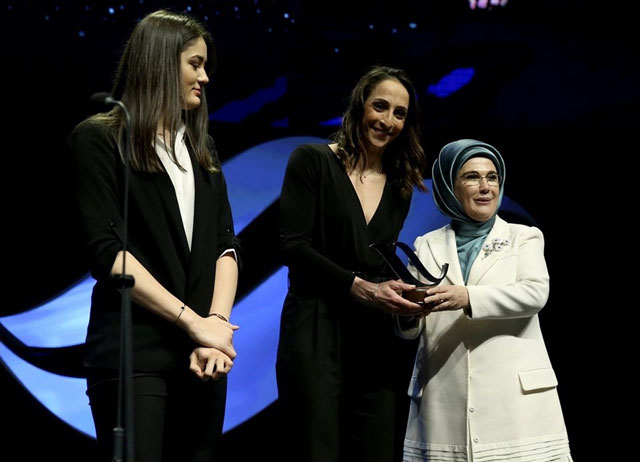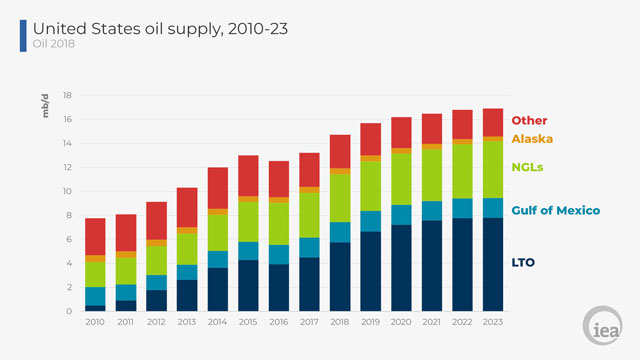Trump’s tariffs and bitcoin’s boom share the same unexpected source: Cheap Chinese electricity
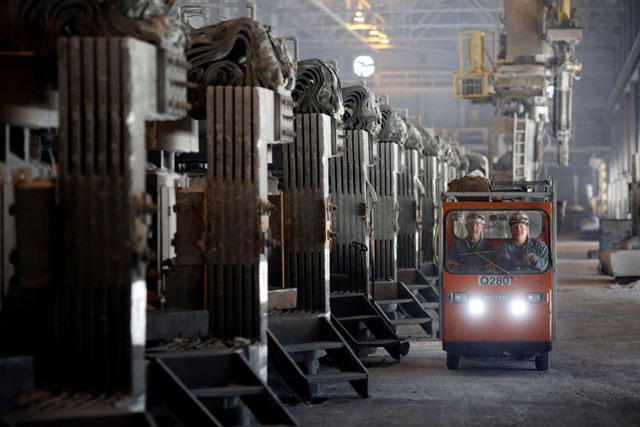
China is the third rail of the global economy. And by that we mean it's overloaded with electricity and prone to delivering huge shocks. Those power surges shift global markets and overload entire sectors.
On March 1, President Trump announced his intention to place 25 percent tariffs on foreign steel and 10 percent on foreign aluminum. Such a move has long been threatened as part of the president's “America first” approach, but it nonetheless caused alarm among economists, domestic manufacturers that rely on aluminum or steel, U.S. trading partners and members of Trump's own party.
In January, the prices of bitcoin and other cryptocurrencies plunged upon news that China's government was cracking down on their production, destroying tens of billions of dollars of (on-paper) wealth.
Bitcoin and aluminum (and to a much lesser extent, steel) have one thing in common: They're efficient ways to convert excess electricity into something that can be saved and exported.
Since 2001, China has added more electrical production than the rest of the world combined. The country’s central and local governments have long prioritized ramping up electricity supply, from the Three Gorges Dam (which didn’t fully come online until 2012) to hundreds of local coal plants.
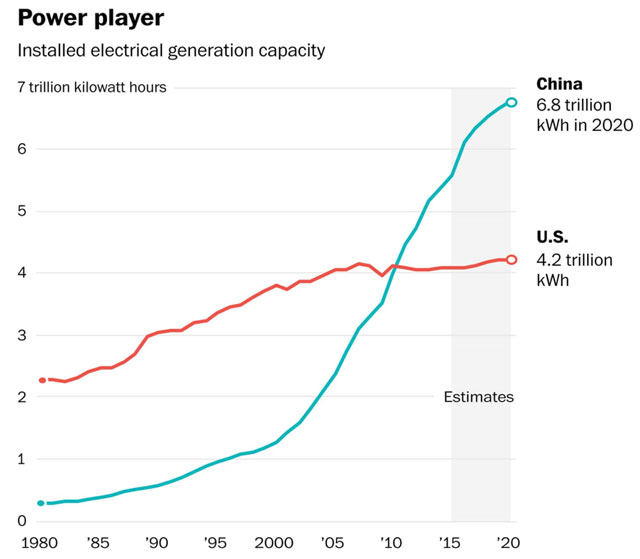
China laps its nearest competitor (Brazil) in hydropower generation, leads the world in wind and solar, and is blowing past its renewable goals. At the same time, it keeps burning prodigious, world-beating amounts of coal.
By 2016, China had 35 percent more electrical-generation capacity than it needed, according to Greentech Media. In all but a few provinces, capacity well outstrips demand.
That year, China had to abandon at least 49.7 terawatt hours of wind-energy production — more than the individual outputs of 20 states and Washington that year.
As part of the latest five-year plan, the central government has deep-sixed more than 100 planned plants and scheduled market and grid reforms to more efficiently distribute electricity. It is restructuring the industry to end what the Financial Times’s Lucy Hornby called a “mutually destructive race to build new power plants” and is finally weaning the coal-power sector off of guaranteed quotas that ensured plants' profitability and continued production — whether they were needed or not.
Most changes haven’t taken effect yet. China is still virtually vibrating with excess electrical capacity.
There's no obvious place for all that electric energy to go. Storing electricity on this scale isn't feasible yet, and electricity requires extensive and impractical grid infrastructure to export.
But, faced with an excess of a cheap but valuable resource, China’s enterprises and entrepreneurs got creative. They found ways, through the alchemy of the global economy, to turn electricity into yuan or dollars. And if not dollars, then aluminum. Or bitcoin.
As it turns out, separating one metric ton of aluminum from its impurities requires about 14,500 kilowatt hours of electricity, enough to power a U.S. house or two for a year. They don't call the metal “congealed electricity” for nothing.
And unlike actual electricity, aluminum is easy to export — just ask Liu Zhongtian. The founder and chairman of one of China's largest aluminum companies, Liu shipped almost a million tons of aluminum from China to Mexico to Vietnam for reasons which remain unclear, but which attracted the attention of the Commerce Department.
Source: Washington Post
